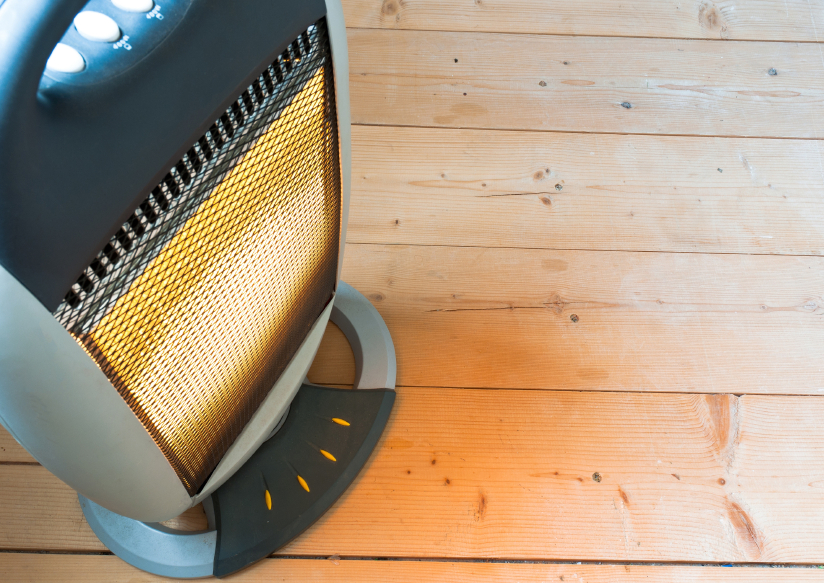Carbon monoxide (CO) is known as a silent killer. Its odorless, tasteless and invisible qualities contribute to the sinister reputation. According to Statistics Canada, an average of 50 deaths are recorded per year in Canada as a result of CO poisoning.
At ClimateCare, we aim to keep our customers safe from the harms of CO through our products and our partnership with the Hawkins-Gignac Foundation. Awareness and compliance with available information is the key to prevention. Even though we’ve reached the end of CO Awareness Week, we want to keep the word circulating.
Know the Sources of CO
 CO is not visible and has the potential to become widespread within our homes. CO is produced as a by-product of incomplete fuel combustion from natural gas, propane, heating oil, kerosene, charcoal and a few other sources . Appliances that can produce unsafe levels of CO include:
CO is not visible and has the potential to become widespread within our homes. CO is produced as a by-product of incomplete fuel combustion from natural gas, propane, heating oil, kerosene, charcoal and a few other sources . Appliances that can produce unsafe levels of CO include:
- The furnace
- Space heaters
- Vehicle engine
- Portable generator
- Wood stove
- Kitchen stove or grill
When there is insufficient air for the gas to burn completely, buildup begins. Poor ventilation, installation and maintenance of these appliances can lead to unsafe levels of CO exposure.
Know the Signs and Symptoms of CO Poisoning
Symptoms of CO poisoning are similar to the flu. The major difference between the two conditions is the absence of a fever. If you experience symptoms such as headaches, fatigue, nausea, or loss of consciousness, you may be exposed to unsafe levels of CO. High concentrations of exposure can lead to brain damage or death. Be sure to follow up with your doctor if you experience this combination of symptoms.
Install CO Alarms Within Your Home
 As of April 15, 2015, it is mandatory for all homeowners and landlords with an occupancy of 6 residents or less to install a CO alarm.
As of April 15, 2015, it is mandatory for all homeowners and landlords with an occupancy of 6 residents or less to install a CO alarm.
It is best to install an alarm on each level of your home near all sleeping areas. The residents of your home will be more likely to hear the alarm if it alerts in the middle of the night. Be aware that there is a difference in sound between the smoke alarm and the CO alarm. Test both alarms on a monthly basis so your family members know the difference.
Be Proactive in Maintaining CO Safety
While it’s great to have CO alarms installed in your home, it’s also important to make sure you proactively maintain a safe living environment for your family. Regular testing and replacement of your CO alarm is a good habit to keep your family safe from high CO exposure. CO alarms need to be replaced every 7-10 years to ensure their efficacy.
If you have any questions about CO or you’d like to learn more about CO, contact your local ClimateCare member.





